Leena Satuluri
I don’t remember in which grade I had learnt that ‘Alum is added to purify water’. However, I had never ever seen alum. Most of us did not challenge our teachers by asking questions. I would see my mother-in-law placing a small stone in a bucket of water and rubbing it while moving it in a circular motion every day during the rainy season. After some time, the reddish-brown coloured water that we used to get from the municipal tap would become crystal clear. That was like magic for me. When asked what it was, she said ‘Patika’ which I didn’t understand because I studied in Mumbai and my Telugu wasn’t fluent at that time. Later, I came to know through a colleague that it was indeed alum.
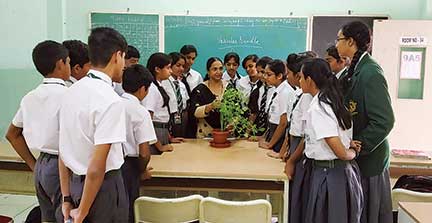
While reading Dr. Abdul Kalam’s ‘Indomitable spirit’, I was amazed to read that Kalam’s teacher, Sri Siva Subramania Iyer had actually taken his students out to the seashore to experience the mechanism of a bird’s flight. I wanted to be such a teacher. I teach English and history. Though I have taught social science, I am usually assigned with the task of teaching English as well. As an English teacher, the scope of giving direct learning experiences to students is limited, and yet, it is not impossible. Since learning involves personal experiences, emotions, cultures, traditions and Nature, I try to weave them into the lessons or poems that I learn with my students. Sometimes I succeed and at times I fail, due to constraints like the story about pansies.
In the classroom
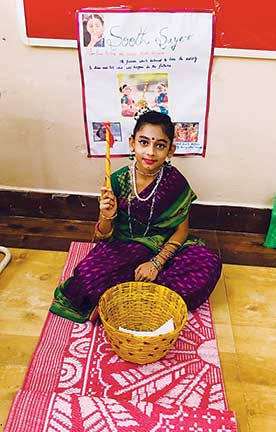
While teaching ‘Tenses’, I had given my students of grade 5 many contextual examples and I asked them to apply the rule of tenses. During class, it was easy to derive answers from them but when the learning was tested, they couldn’t apply it at all. I had told students how weather reporters or astrologers use the future tense. As an application of tenses in the context of astrology, some of the students became astrologers – soothsayer (sodhiammayi), the astrologer from R.K Narayan’s ‘An astrologer’s day’, Koyadora and parrot astrologer. Students used all the three tenses while telling the past, present and future of the person sitting before them.
Story sentences are very effective in teaching tenses. There are many such in this video of mine – https://www.youtube.com/watch?v=pW9ghYK4zAw.
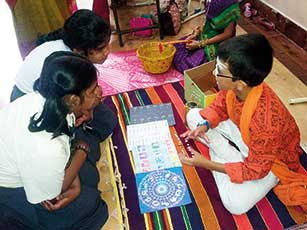
During a history lesson, my students asked me what inscriptions were. I explained but I wanted the students to touch and feel such inscriptions but they are usually found only in museums. Unexpectedly, I came to know that a local 200 year-old Brahma temple (only two such temples exist) has such inscriptions. So off we went and the amount of satisfaction that we all got is still cherished. Likewise, we got to see a Buddhist stupa also. Another lesson focused on farmers and the impact of different channels of distribution in the retail market on them. In order to understand the plight of farmers, we had to go to a farm, step into the soil and experience farming. This was followed by a discussion and students came to the conclusion that if farmers and consumers are directly connected, then both the producer and the consumer would benefit. On one occasion, we were learning about ancient coins and a student whose parents had preserved age-old coins were generous enough to exhibit them to the class. Surprisingly, we could walk down the ages and admire the coins.
Lessons from my colleagues
Ishita calls her pie chart – chapatti chart. When asked why, she said her students have never eaten a pie. They understand chapatti because they eat it and they also know that because it is called chapatti chart, it has to be circular.
Rukmini, before teaching about spices to grade 4 students, made them eat ‘chaat’ – a popular street food. Once they had eaten, she asked them to describe the taste and then told them to guess the ingredients in the chaat. At the end she spoke about the spices that were used to make the chaat.
I remember Phani Madhuri who teaches physics took her class 9 students to the ground with magnets to check if there was iron present in the soil.
Nayeema, a biology teacher makes her class a lab. The classroom is filled with varied plant species. It’s a perfect biology class. Every student gets a chance to do the cross-section of a leaf or a flower. During my school days, we learnt it only through the textbook. It was only after teaching that I looked at a leaf trying to comprehend what the teacher had taught. (I don’t blame my teachers though. I only wish that my learning had been more experiential).
Unpatented inventions in my kitchen
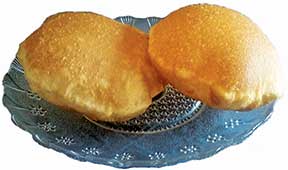
We use ‘Rokalibanda’ (a manual rice pounder) at home. When I was little, I used to see my mother and aunts use 4 to 5 pounders at a time to make spice powders. Once they finished, I would take one of them (which used to be around 3 to 4 feet long) and start imitating them. When my daughter asked me this it was an example of kinetic energy, we found that it was mechanical energy – a combination of potential and kinetic energy.
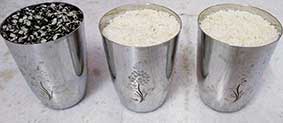
There are other examples of “indigenous pedagogy” whether in classroom or at home but I am happy to share these few.
The author is a teacher at Delhi Public School, Vijayawada. She is also a storyteller and teaches theatre art during her free time. She can be reached at leena3278@hotmail.com.
